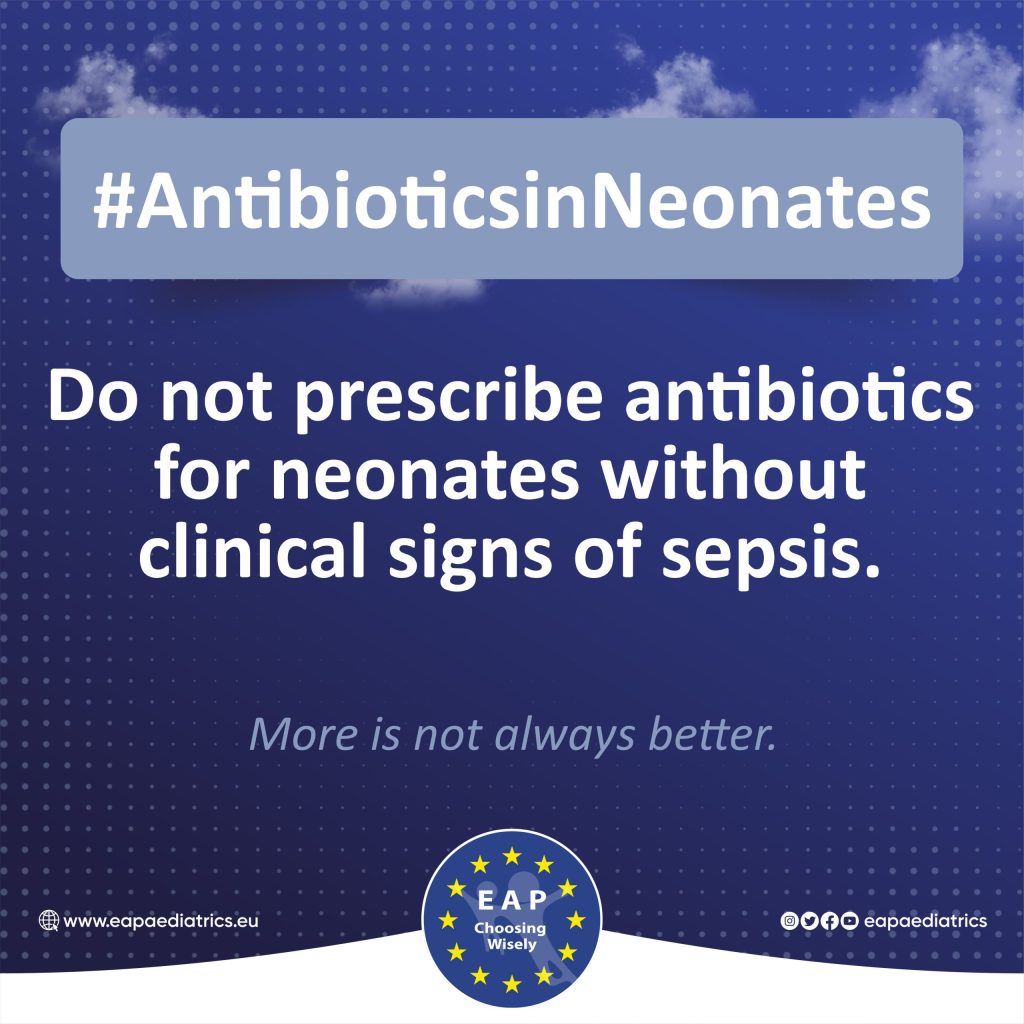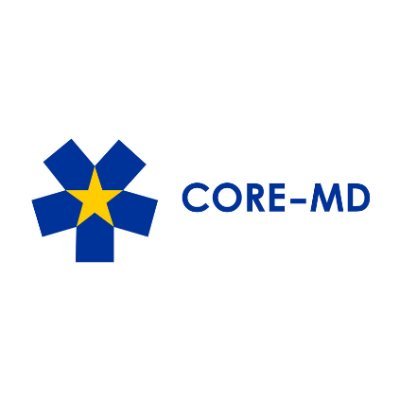
In asymptomatic term and late-preterm infants with risk factors, close clinical monitoring is the safer option, allowing for adequate and timely sepsis detection while reducing unnecessary antibiotic-related harm.
What is known about antibiotics in neonates:
Neonatal early-onset sepsis is a rare but life-threatening condition and is therefore at risk of being overdiagnosed and overtreated. Antibiotics are the most commonly prescribed medication in neonatal units.
Early-life antibiotic exposure disrupts the developing microbiome, which may contribute to numerous diseases later in life, including diabetes, obesity, inflammatory bowel disease, asthma, and allergy and is also associated with mother-newborn separation, longer duration of hospital stay, and reduced breastfeeding rates.
Unnecessary antibiotic use has also been associated with adverse patient outcomes and emergence of multi- resistant organisms.
How to talk with patients and parents about cough medicine:
Avoiding unnecessary antibiotics is safe and has many advantages for your baby such as:
- More time spent close to the
- Better development of bacterial
- More freedom of movement and motor
Close monitoring ensures that signs of severe infection are not missed.
This EAP recommendation is in accordance with Choosing Wisely recommendations of:
USA:
https://www.aafp.org/pubs/afp/collections/choosing-wisely/465.html
References:
- Berardi A, Buffagni AM, Rossi C, et al. Serial physical examinations, a simple and reliable tool for managing neonates at risk for early-onset sepsis. World J Clin Pediatr. 2016 Nov 8;5(4):358–64. PMID: 27872823
- Giannoni E, Dimopoulou V, Klingenberg C, Navér L, Nordberg V, Berardi A, El Helou S, Fusch G, Bliss JM, Lehnick D, Guerina N. Analysis of Antibiotic Exposure and Early-Onset Neonatal Sepsis in Europe, North America, and Australia. JAMA Network Open. 2022 Nov 1;5(11):e2243691. PMID: 36416819
- Hooven TA, Randis TM, Polin RA. What’s the harm? Risks and benefits of evolving rule-out sepsis practices. J Perinatol. 2018 Jun;38(6):614–22. PMID: 29483569
- Prusakov P, Goff DA, Wozniak PS, Cassim A, Scipion CE, Urzua S, Ronchi A, Zeng L, Ladipo-Ajayi O, Aviles-Otero N, Udeigwe-Okeke CR. A global point prevalence survey of antimicrobial use in neonatal intensive care units: the no- more-antibiotics and resistance (NO-MAS-R) study. EClinicalMedicine. 2021 Feb 1;32.100727. PMID: 33554094
- Van Herk W, Stocker M, van Rossum AM. Recognising early onset neonatal sepsis: an essential step in appropriate antimicrobial use. Journal of Infection. 2016 Jul 5;72:S77-82. PMID: 27222092

